How Greenwich planners have long ignored pedestrians, cyclists and own council policies
With another major development approved in Greenwich borough this week and barely any thought or funding given to how people will access nearby services and public transport, it’s opportune to look at a large number of recently approved developments in the borough and see how they directly contrast with Greenwich Council’s own statements on improving walking and cycling links to reduce congestion.
It’s widely known that many journeys in London and beyond are short distances that could easily be made on foot or bike – if it was half way appealing. In many cases it isn’t and Greenwich planners, officers and many councillors (not to mention leadership) appear content for that to continue.
Firstly let’s look at a number of council reports which contain statements like this seen below in the council’s own Carbon Neutral Plan of 2021:
Then there is the Greener Greenwich strategy of 2016, stating “the borough aims to reduce car use” via walking and cycling. They state they want to be “encouraging this shift”.
A Greenwich Council news story featured this at the time:
How did that play out in practice. You probably know the answer but let’s go through a number of approvals which mostly ignored any attempt to encourage walking and cycling:
Morris Walk Estate rebuild: Approved September 2021

A recent approval for 766 homes at the Morris Walk estate rebuild in Woolwich.
This development not only sees a substantial reduction in council housing (from around 500 to 167) but also very little attention paid to encouraging people to ditch cars for shorter journeys.
Pedestrian links are dismal.
No parking zone is proposed in the area so residents can park in surrounding streets.
This is the main pedestrian link between each half of the future estate:
A rail line dissects the two halves of the estate. You may expect a new bridge to link the development and provide a safe connection from the south to bus routes on the northern side?
Don’t be silly.
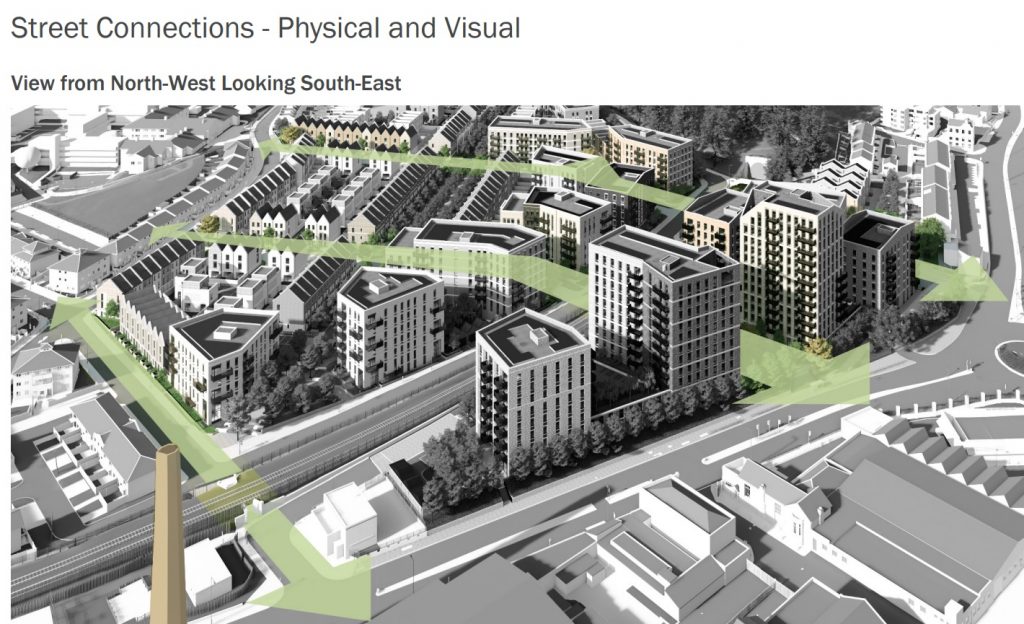
The development is bringing Greenwich Council financial contributions of at least £7.874million.
The sum total for improvements across the railway line? Just £250,000 was allocated by Greenwich Planning Department out of £7.87 million. That is far from enough for a safe new bridge – the kind of thing essential to encourage walking and reduce car usage.
That money was allocated to improve access at one existing footbridge quite some distance from where the estate’s design leads residents via a new thoroughfare.
Even that modest funding proposal was pulled.
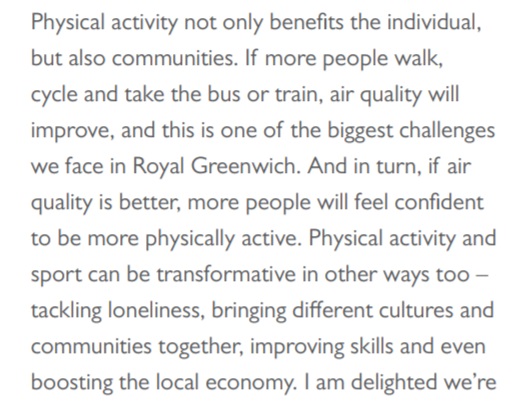
Network Rail stated that was far from enough for a new, safe and accessible bridge. Greenwich responded by cutting their allocation to just £62,500.
Greenwich’s Planning Officer in the Planning Board meeting stated “the boat has sailed” on the issue.

Despite Network Rail looking at pilot schemes into low cost bridges, Greenwich appeared to have decided not to consider any options.
Greenwich Millennium Village: Numerous plots approved in recent years
Green Millennium Village is a long-term project comprising many individual plots. Two recent applications for hundreds of homes were approved in January 2021.
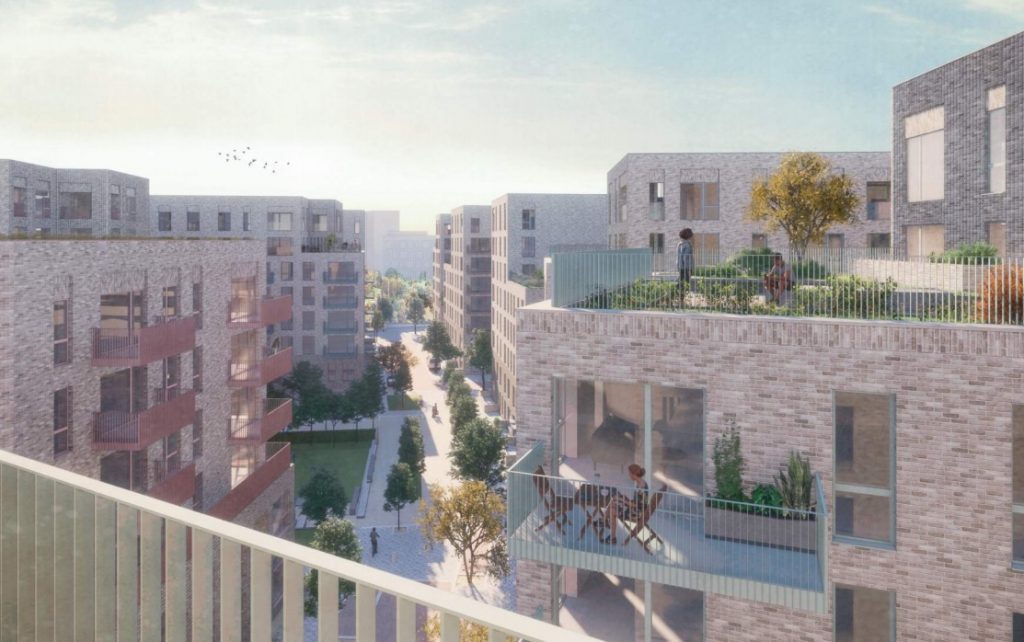
This approval – like many others – followed the Physical activity and sport strategy 2019-2023.
Thought has gone into pedestrian movement within the site, but as soon as leaving the development and heading south people meet large roundabouts, fast-flowing dual carriageways and a lack of crossings.
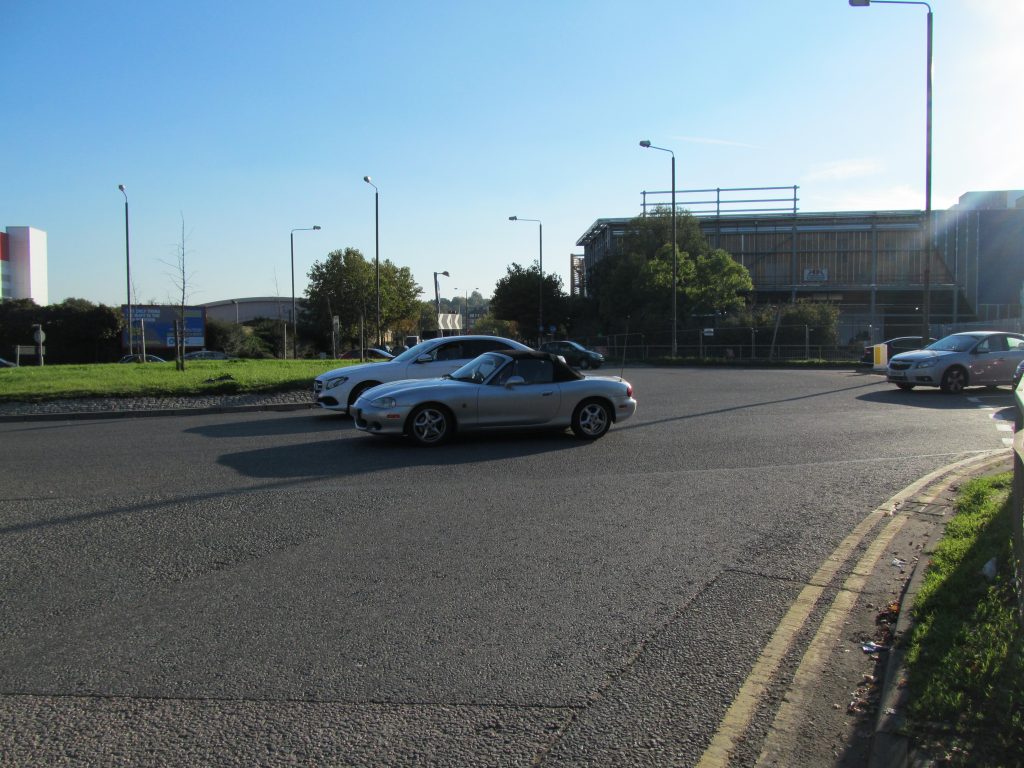
Recent strategies don’t appear to have led to any change in thinking or practice when it comes to improvements. The road is based upon 1990s design before housing came.
But come it did, and little associated income has altered the roads and humanised the space.
In 2019 Greenwich’s leader was calling for “cycling to work” and “walking to shops”.
Hasn’t happened in much of Greenwich Peninsula.
The 2019 council report touches on new housing and states “We will make sure our planning and regeneration policies help us to embed physical activity and sport into everyday life” and “We are committed to improving the physical environment, including the walking and cycling infrastructure, to make it easier for our residents”:
At the time of approval for new homes in the area in 2020, TfL stated “that the streets [appear] to be dominated by car parking; visibility when entering or existing the undercroft parking is restricted by car parking spaces; the cycle parking spaces do not comply with the London Cycle Design Standards and it is questioned whether the roads are appropriate for two way traffic, especially for larger vehicles such as delivery vans.”
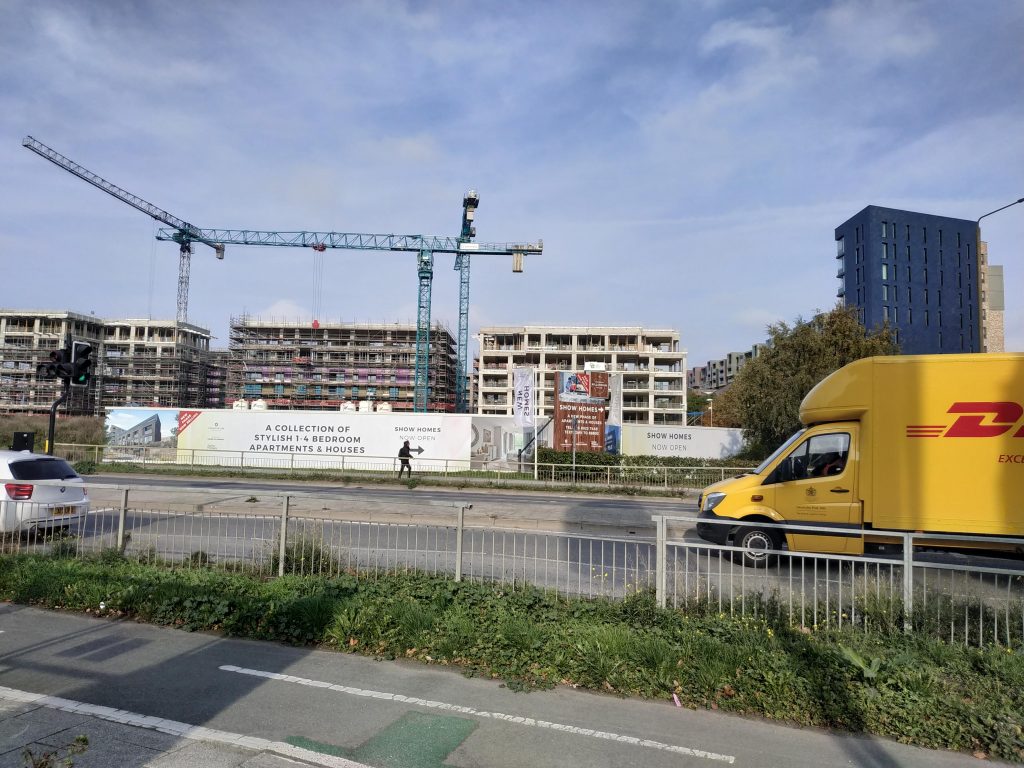
Not all those issues were addressed. Hundreds of parking spaces were approved.
Each and every plot so far approved on GMV has ignored improving pedestrian links to east Greenwich meaning pedestrians must traverse this area:
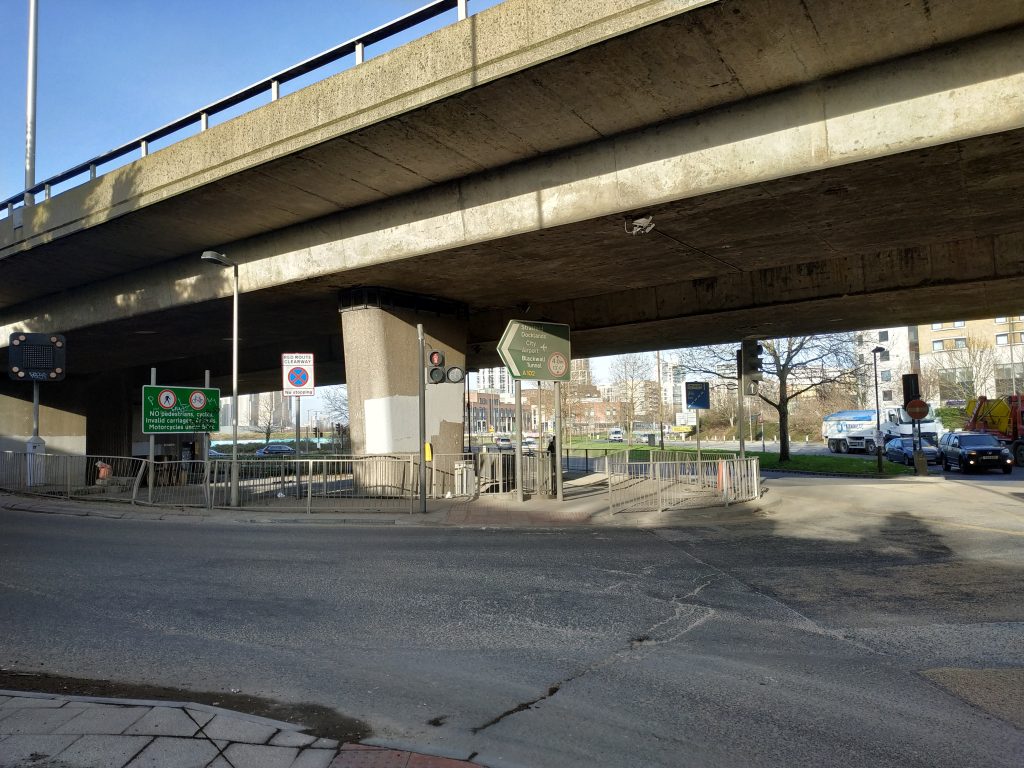
That means poor links links to the railway station at Westcombe Park and numerous shops and services in east Greenwich including the council’s leisure centre that has long struggled with declining visitor numbers.
Though it’s not the only development in the area. A hotel from Radisson recently opened. The council ignored improving links to North Greenwich station.
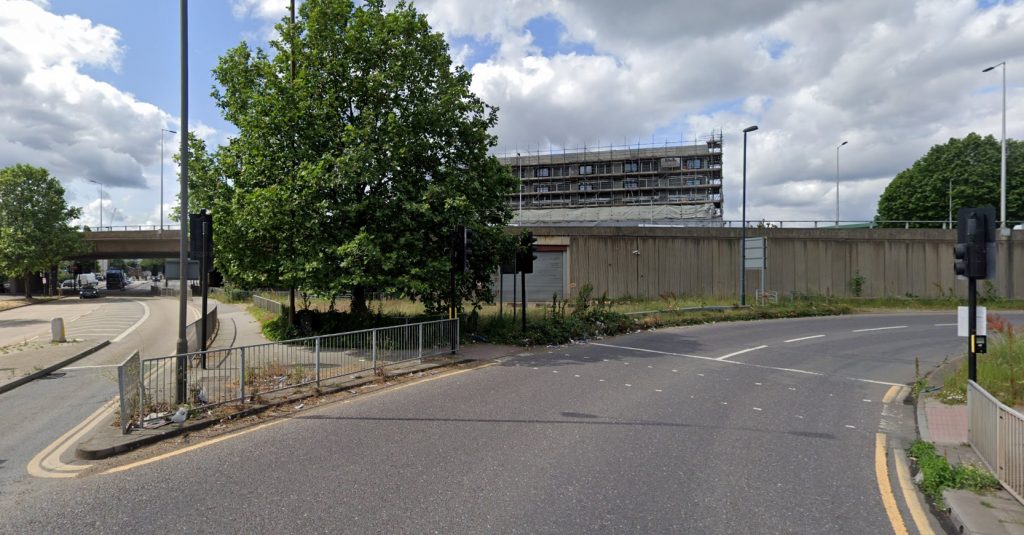
How that matches these statements about creating new and improving existing cycle and walking routes is a mystery:
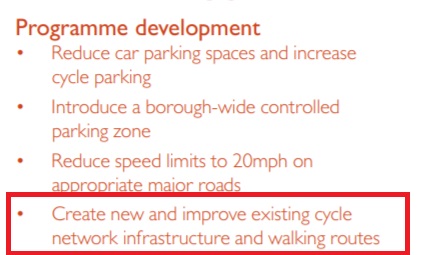
Morden Wharf: Approved September 2021
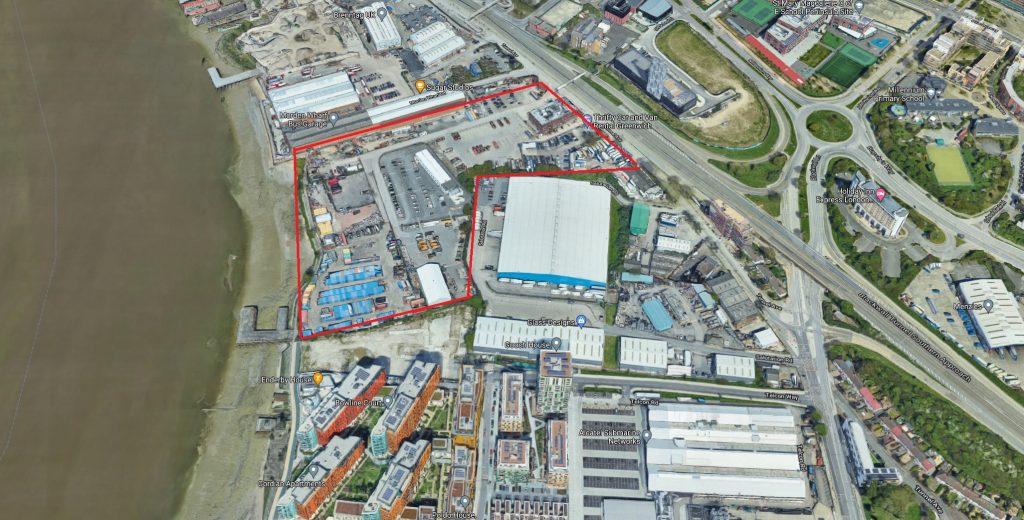
A major development of 1,500 homes was approved in September this year.
The development sits near an ugly and polluted streetscape to one side on Tunnel Avenue.
This image shows the route from the site to North Greenwich station and Greenwich Peninsula:
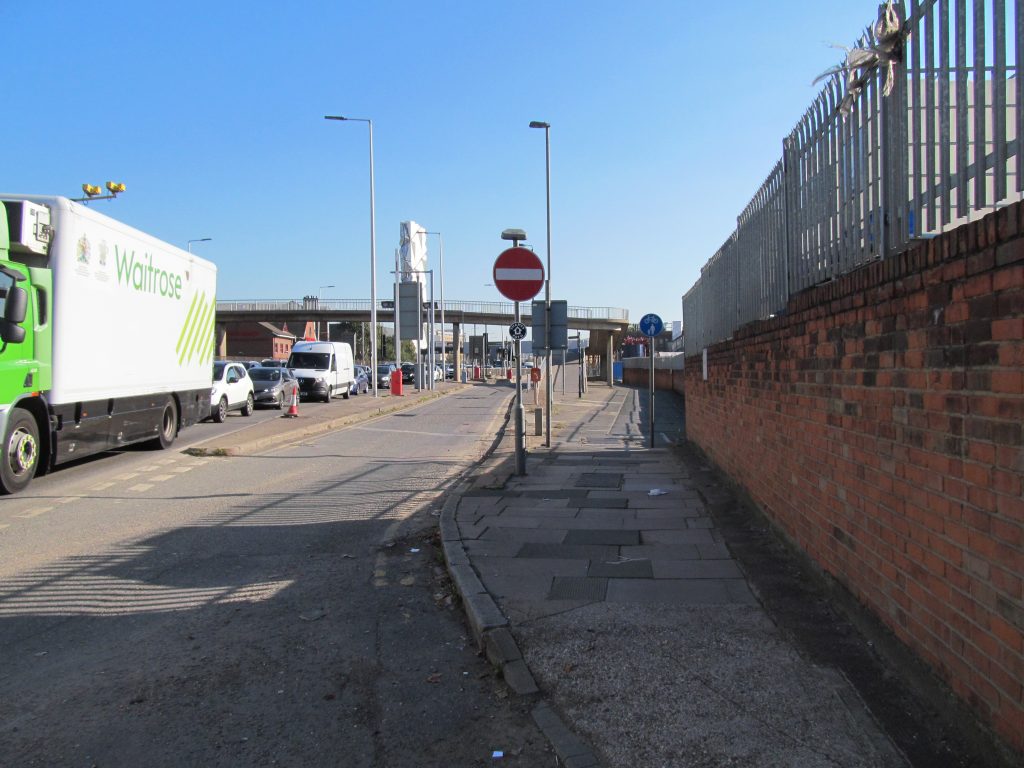
Despite the vast nature of the site and extremely poor walking and cycling links, Greenwich Planners allocated just £250,000 for improvements.
GLLaB sees over £1.5 million.
It wont do much to help this stated aim:

Travelodge hotel: Approved March 2020
An 18-storey hotel on Greenwich Peninsula with 300 rooms was approved in an area located beside another ugly street.
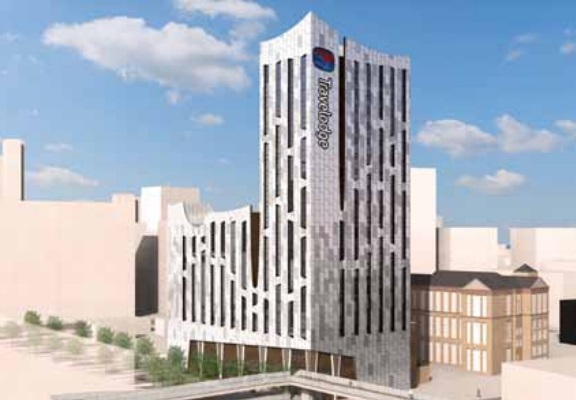
GLLaB swallowed most money with £147,411 compared to just £50,000 on measures to encourage sustainable travel.
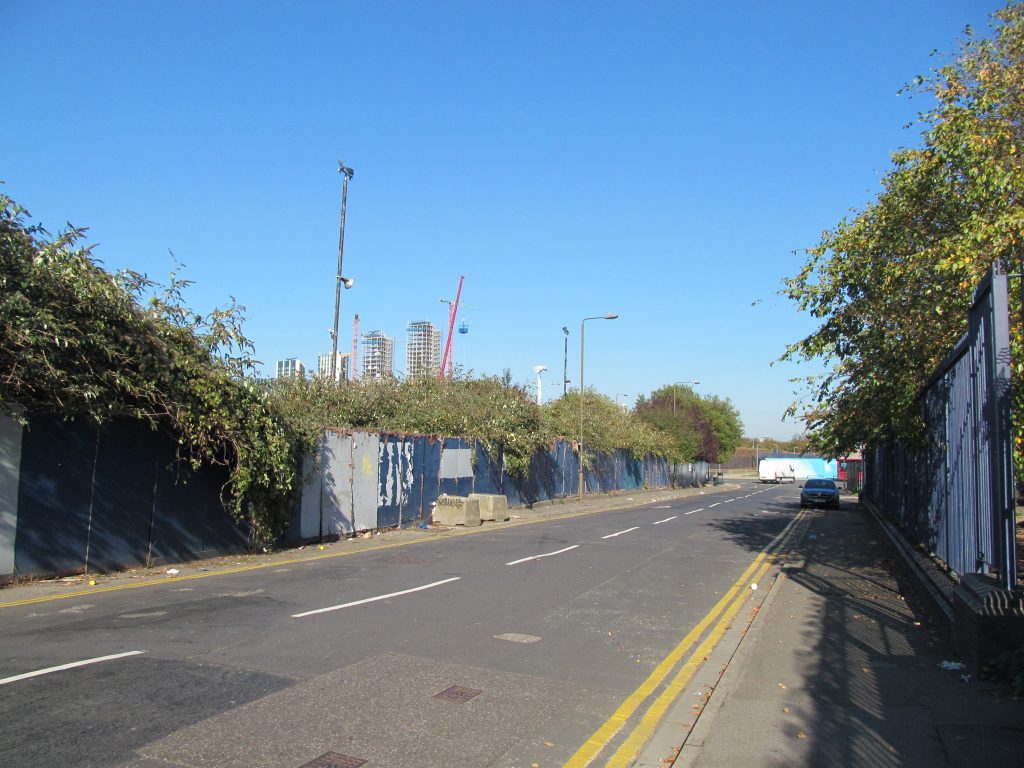
There’s not even currently a dropped kerb for pedestrians.
The area sees a mass of obstructive street clutter on pavements nearby:
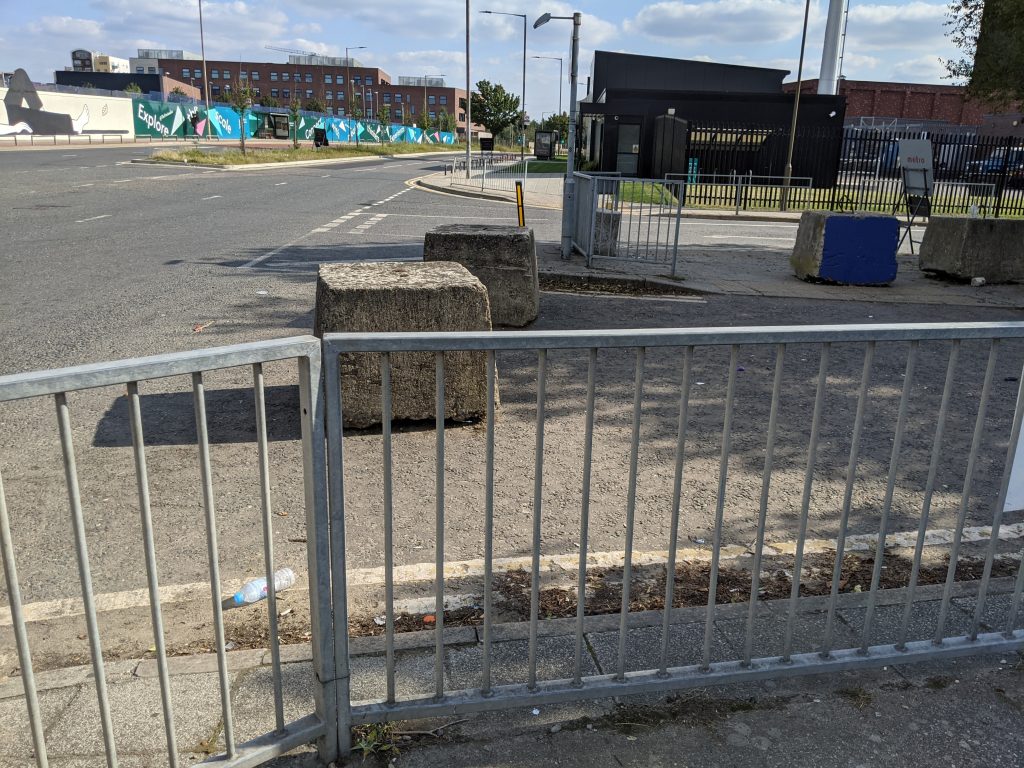 Pedestrian crossings are also limited and feature no zebra crossings or signals.
Pedestrian crossings are also limited and feature no zebra crossings or signals.
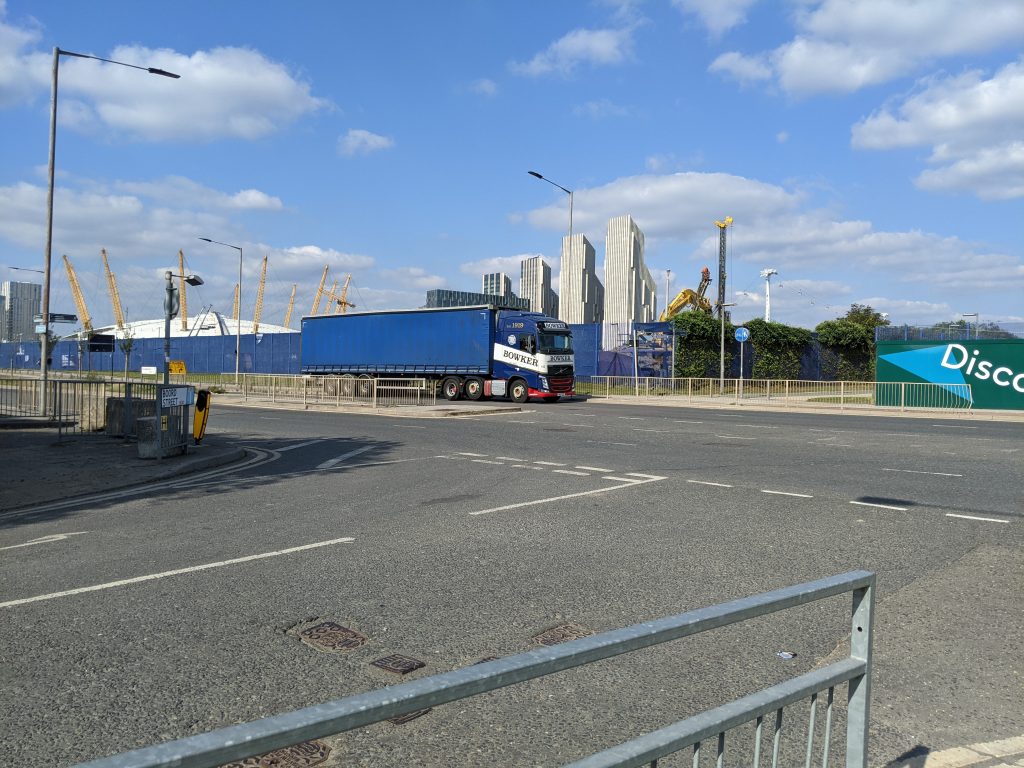
Greenwich
A number of smaller developments in east Greenwich and Greenwich Peninsula have also brought income to the authority in recent years. There’s no sign any has been used to improve walking routes:
- 3-5 Tunnel Avenue, Greenwich, SE10 0SL – £86,306
- Land West of the O2 (Plot N0301), Greenwich Peninsula, SE10 – £82,731
- 2-12 Blackwall Lane, Greenwich, London, SE10 0AN – £59,379
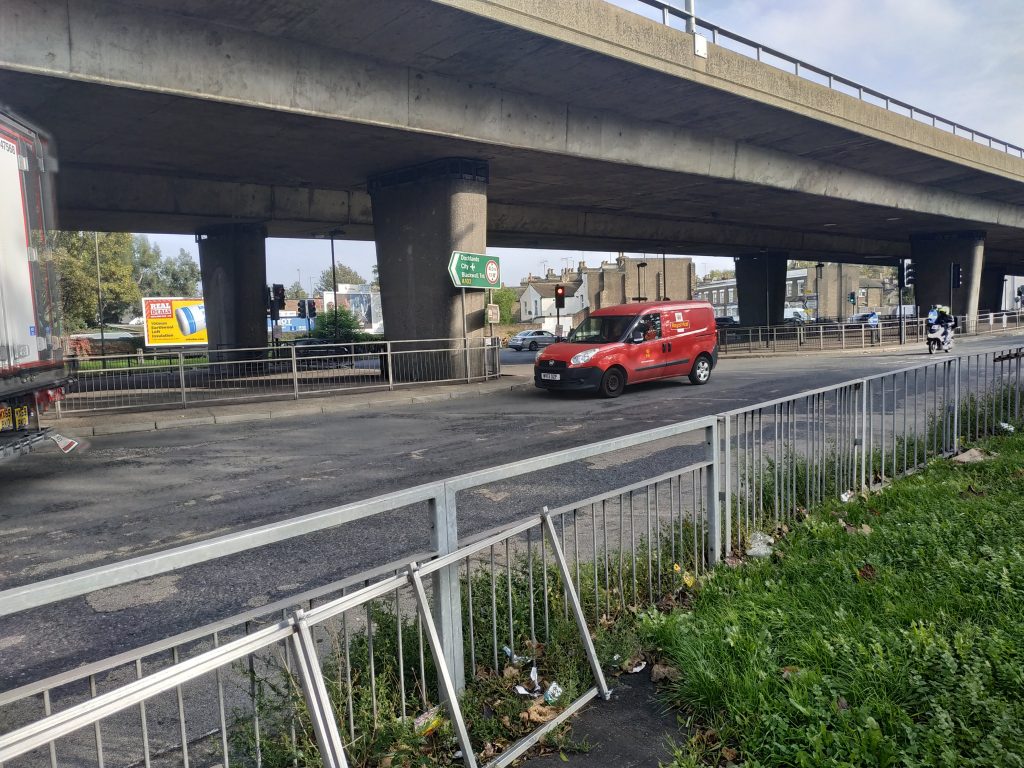
If any projects are undertaken it’s almost always as outside bodies are part or entirely funding and taking the lead.
Greenwich seem unable and unwilling to do things off their own back.
Charlton retail parks
Another destination for many new residents in east Greenwich and Greenwich Peninsula are shops in Charlton.
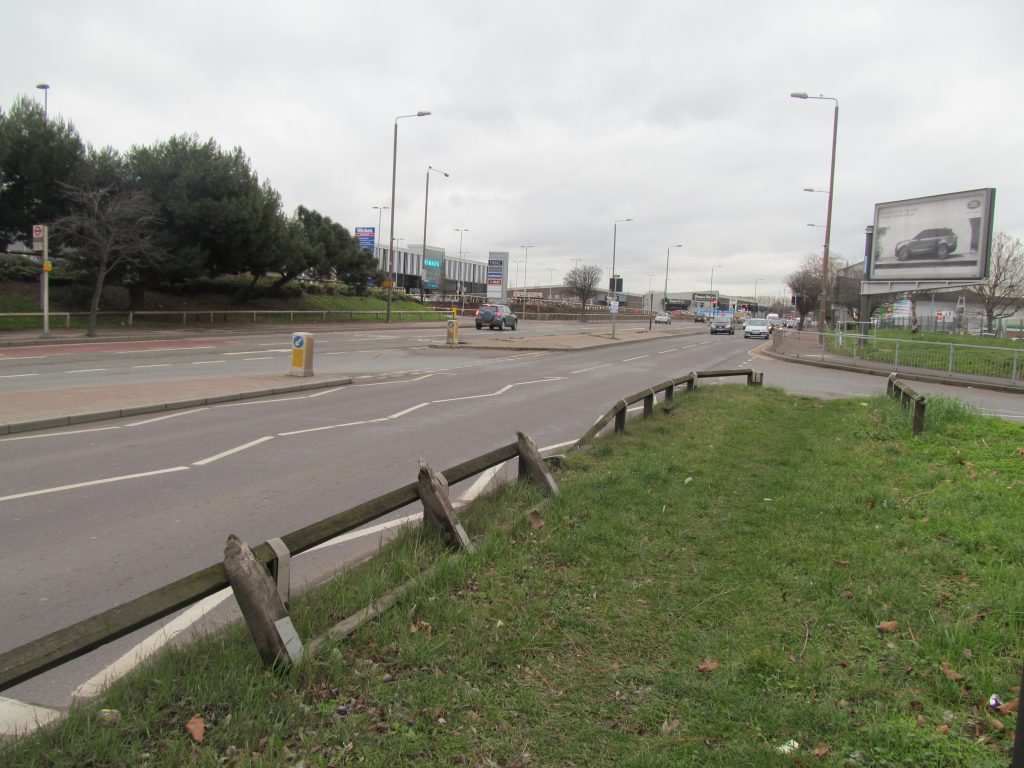
There’s little sign of any improvements using income either from new car-based retail parks or local housing.
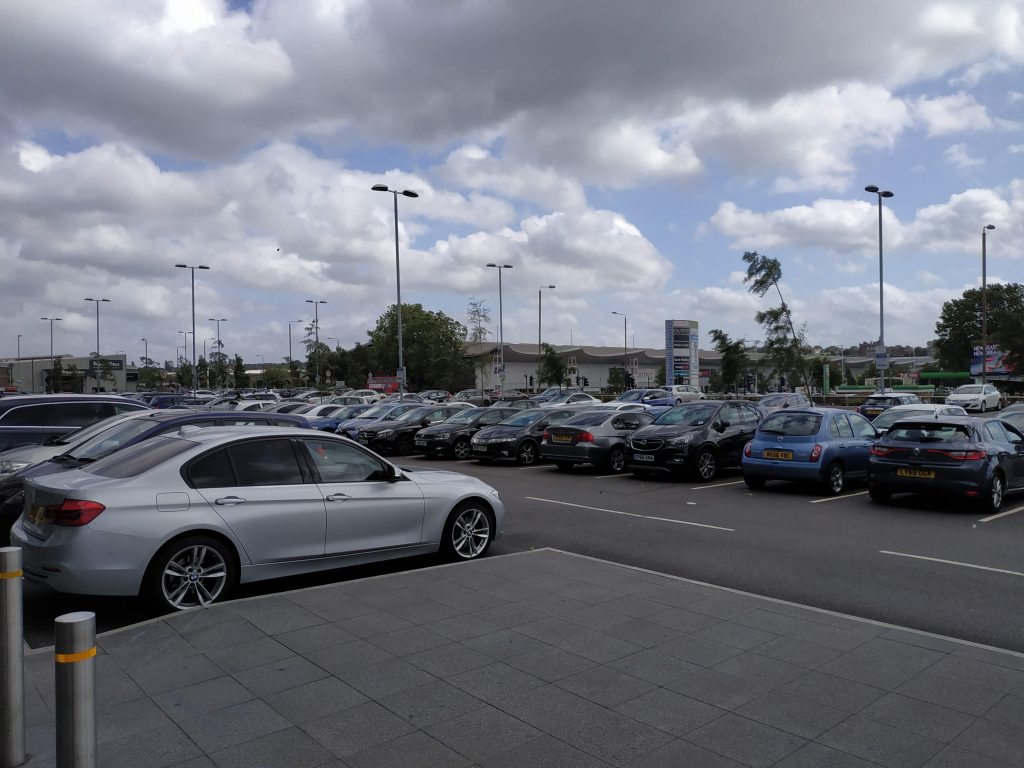
At Brocklebank Retail Park which opened in 2018, £37,000 was allocated by Greenwich Council for public realm upgrades while GLLaB took £74,000.
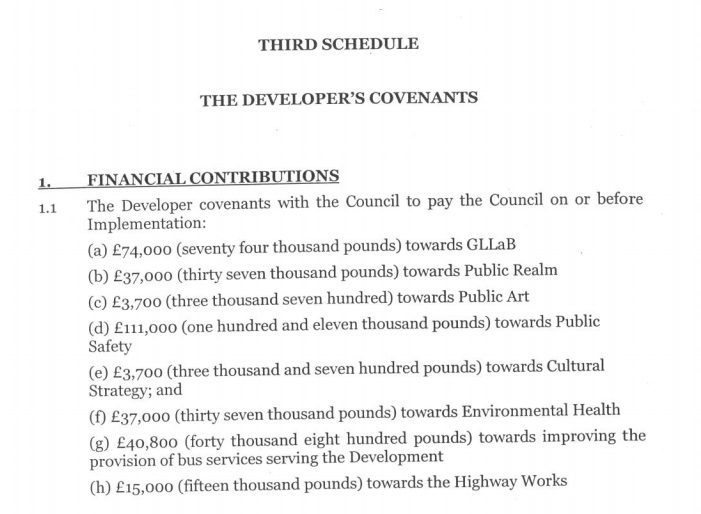
Where has even that £37,000 gone in the local area?
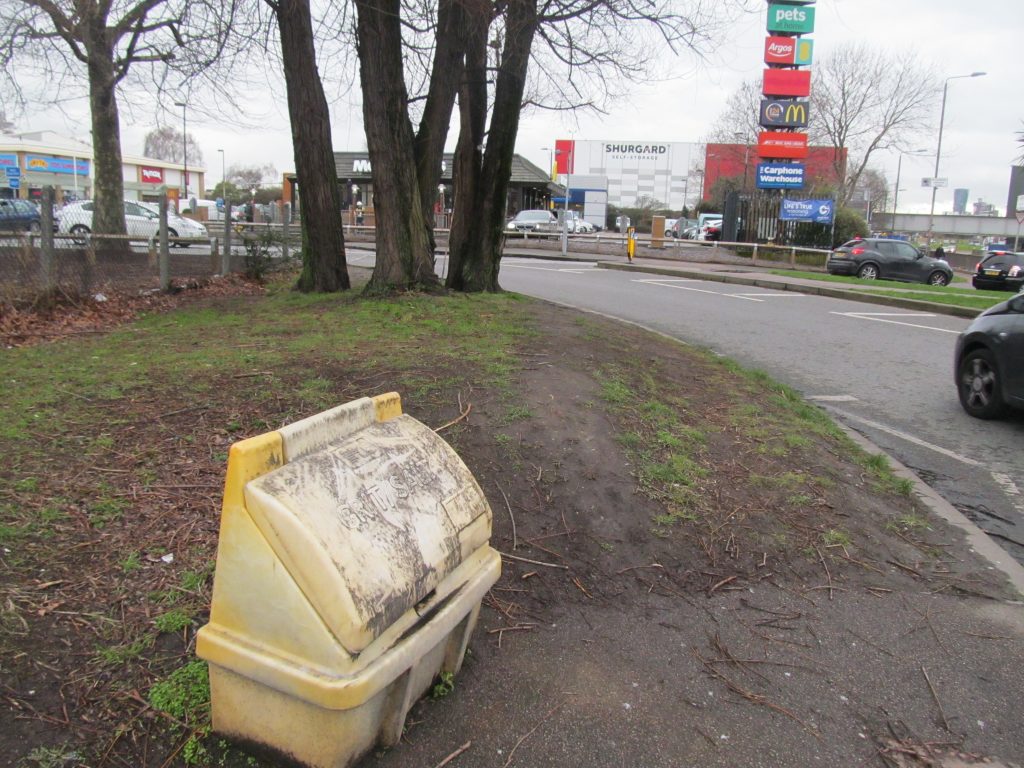
A development nearby at Victoria Way which saw over 300 homes saw £347,538 for GLLaB.
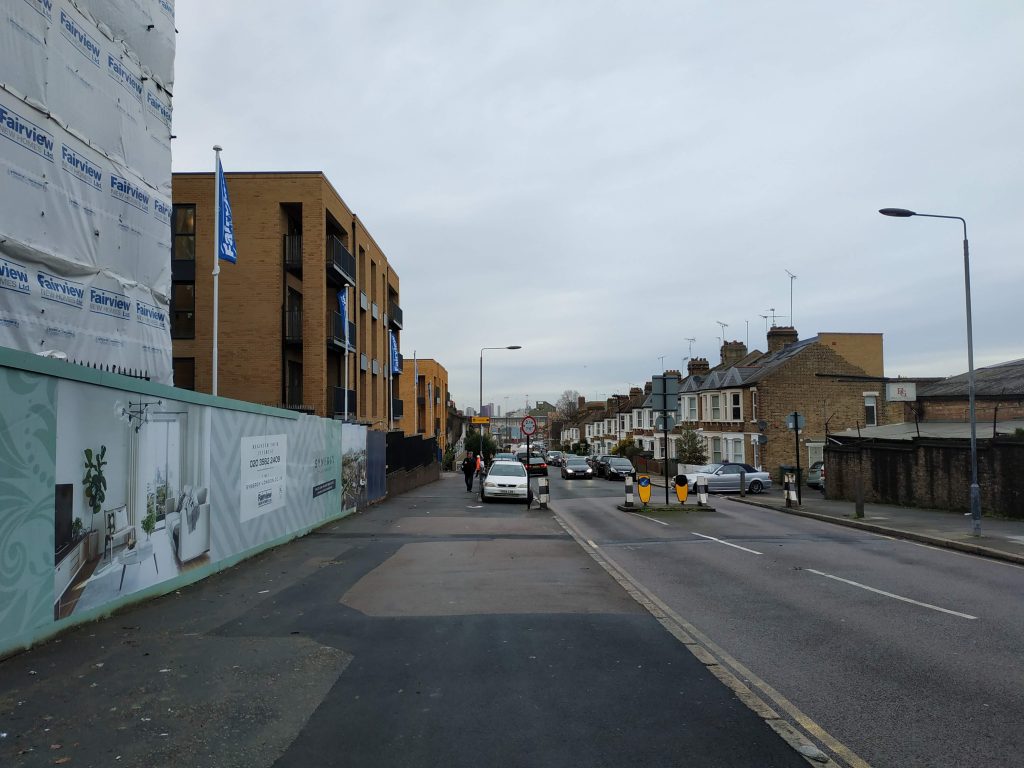
There’s no sign of any pedestrian improvements in the area.
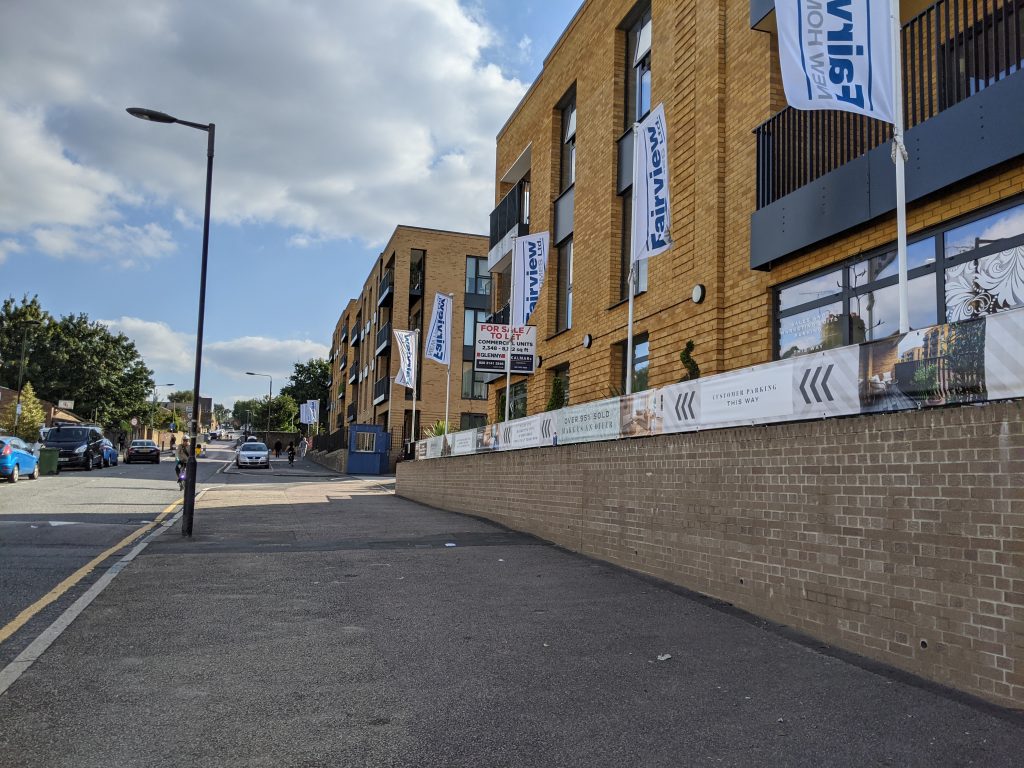
Support me running the site by donating through Paypal
You can also contribute via my Patreon account by clicking here
Thank you
——————
Woolwich
Plenty of towers have been approved in Woolwich in recent years that has seen very little in the way of improvements for pedestrians and cyclists.
The only money seems to go towards the riverside path. The same as seen in Thamesmead this week.
It’s a great asset, but it doesn’t offer a direct route for many so making it the sole recipient of limited allocation of funding merely encourages car use to reach many services.
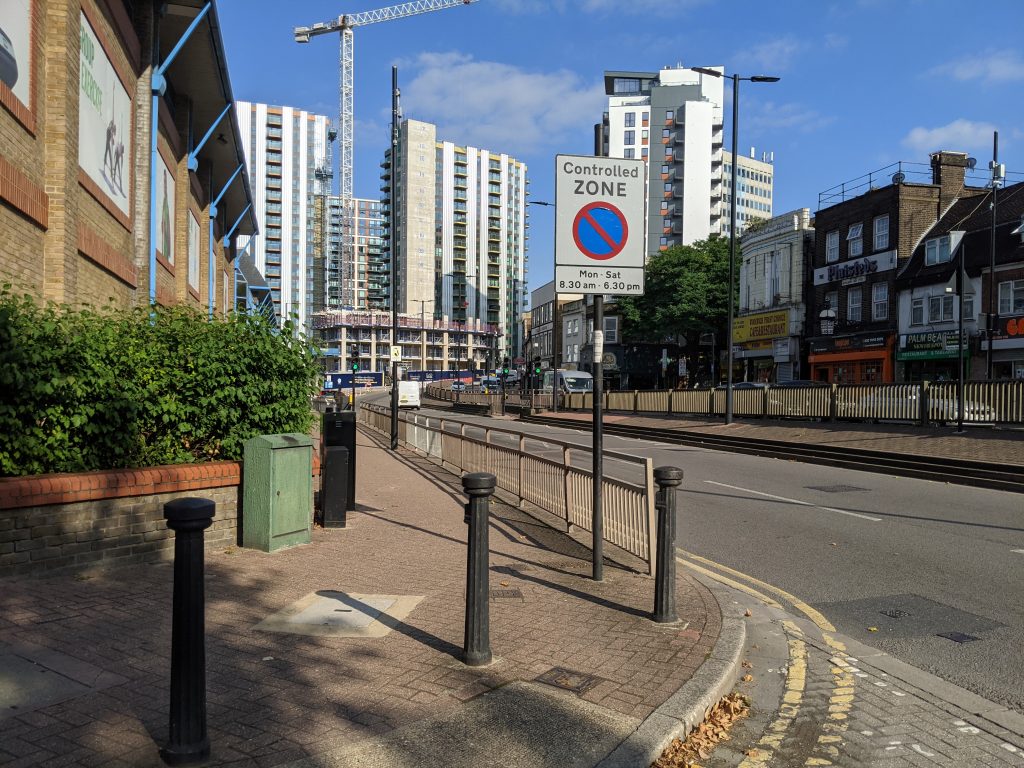
In Thamesmead, Greenwich Planners allocated £42,000 for a very modest project between hosing and the river (GLaBB take £333,000) yet the cash will go towards a street (Pier Way) in completely the opposite direction to Plumstead station and shops.
Even reaching Woolwich stations and shops will not see those on foot use it unless a longer, meandering route is desired.
It’s the same with Woolwich towers. Everyone apparently will go via the Thames even when it’s not convenient to reach many services.
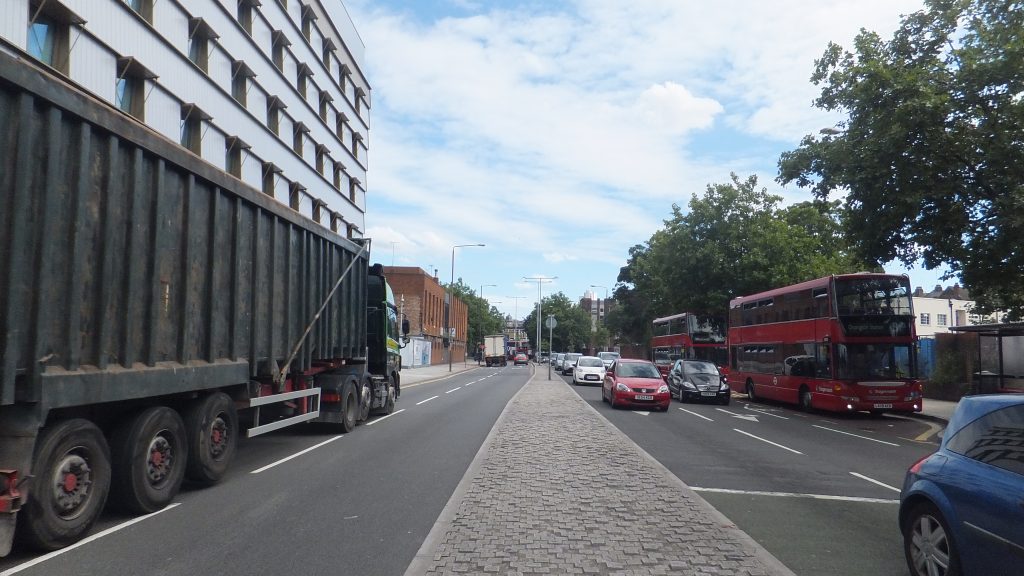
Thamesmead and Plumstead: Approval December 2020
This weeks approval of housing in Thamesmead follows shortly after another major 1,750-home development nearby from Peabody and Berkeley Homes.
Here too the agreement from Greenwich Planners on allocating income did far from enough to mitigate against extremely poor walking and cycling links.

Despite being a short distance to Plumstead station, nearby nearby bus routes and shops Greenwich Planners again think people will head away and on meandering routes.
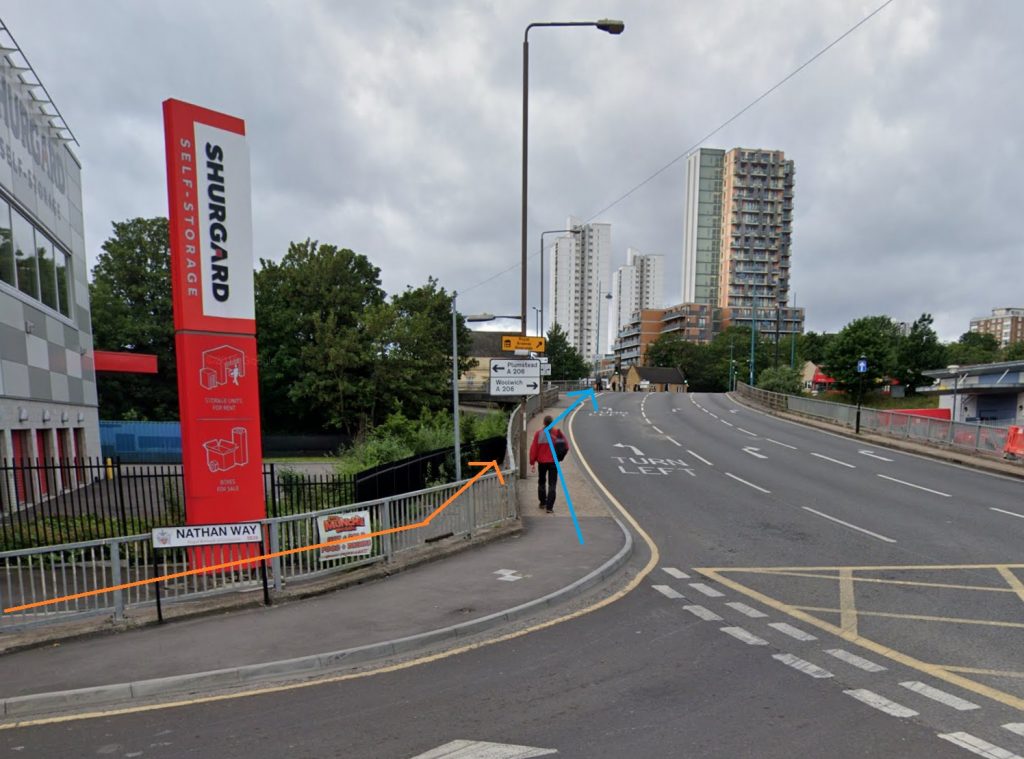
They won’t on foot. They’ll be in a car. They’ll be 497 car parking spaces.
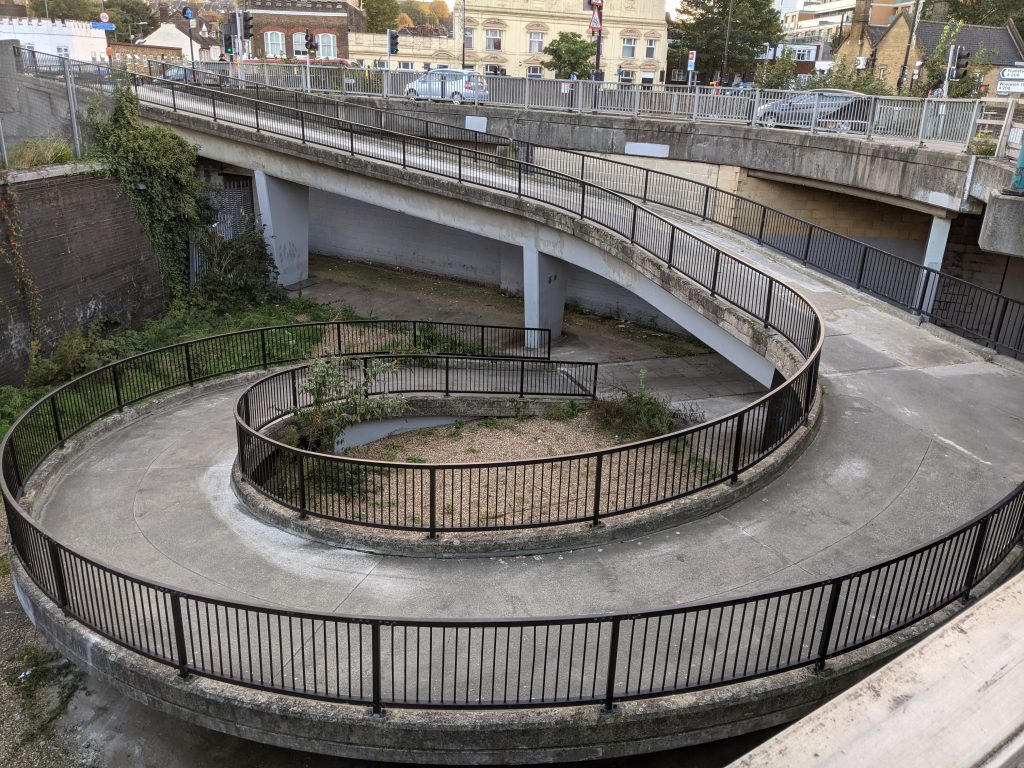
When approved, the issue of very low allocated funds in agreements between Greenwich Planning Department and developers was barely mentioned by councillors.
However, Cllr Sarah Merrill – Cabinet Member for Planning and Regeneration – stated “there was no magic answer” to poor access to the station despite many millions incoming from developers.
We saw Greenwich Assistant Director for Planning Victoria Geoghegan state Section 106 income from developers is for “the direct impact of this scheme” at that meeting.
This is often used to explain why no improvements beyond the immediate area of a project are evident. However, S106 can be pooled together to fund improvements beyond the immediate area as seen here in Southwark:

Southwark have done this for estate improvements, park improvements and cycle hire projects:
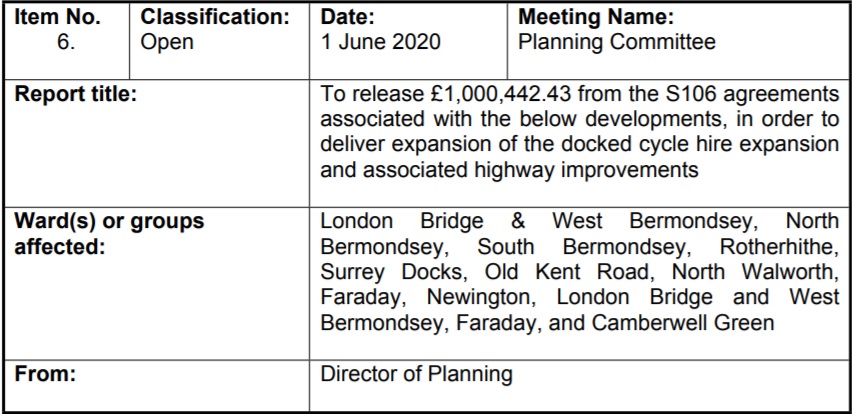
Victoria Geoghegan – Greenwich Council’s Assistant Director for Planning – said this week that £333,000 for GLLaB and £42,000 for public realm changes for walking and cycling was “proportionate”.
Former council leader Cllr Denise Hyland appeared to blame residents for misunderstanding how and where income from developers can be spent: “It does feel there is a mismatch in the understanding of the public about what we can and can’t do with that money.”
When previously shown how authorities like Southwark spend income, there was no reply.
Abbey Wood

A proposal in Cllr Denise Hyland’s ward saw £1.3 million income from the developer to the authority agreed. It also sees 272 homes while ignoring one of London’s most deprived estates immediately next door.
Greenwich planners where happy to see zero spent there, and it took the developer to voluntarily allocate £50,000 after local concerns from that £1.3 million total.
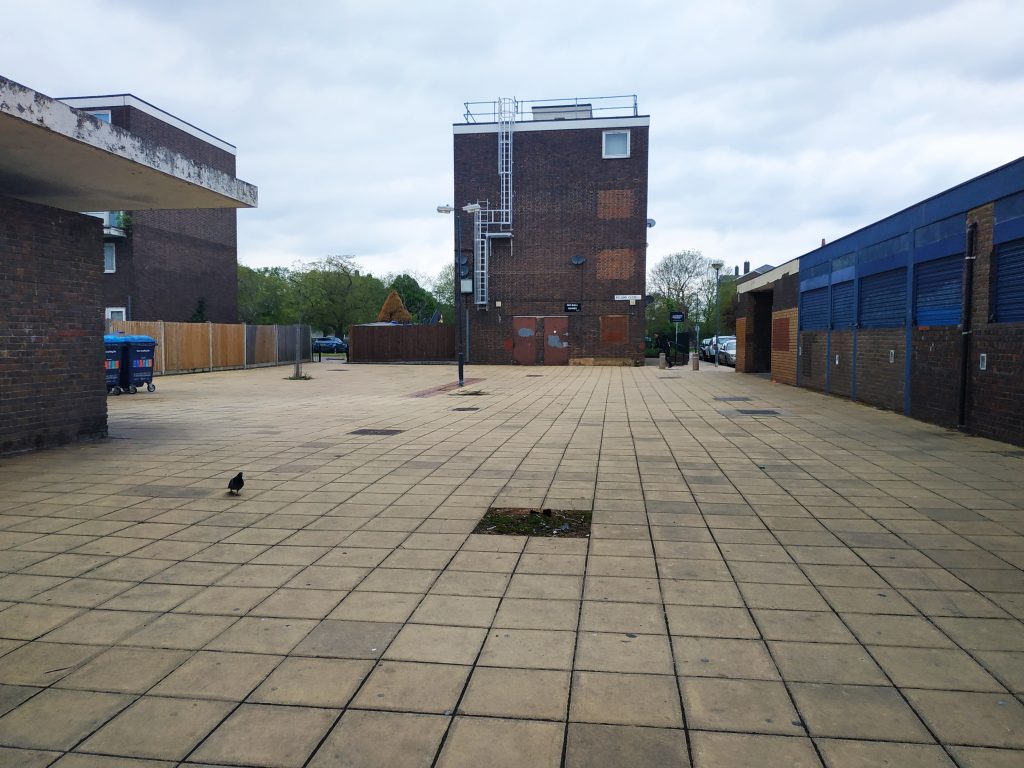
You don’t have to go far in this area to see poor links for pedestrians, including one between homes and shops with no dropped kerb.
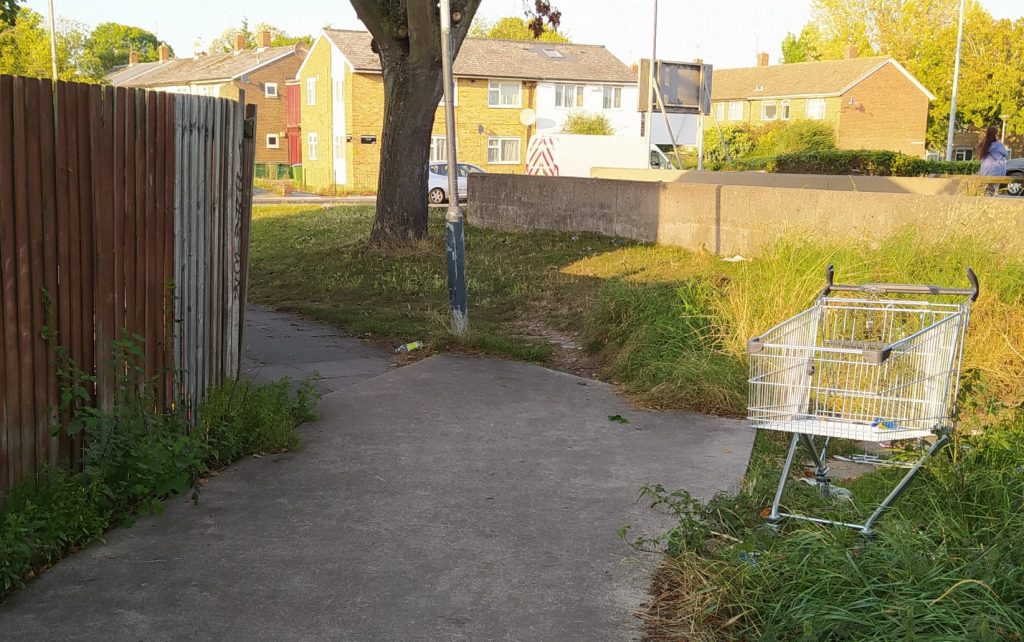
GLLaB will see £253,220.
Woolwich Exchange: Approved May 2021

This major project at Spray Street was approved earlier this year in May.
801 homes are planned.
A section 106 agreement can be seen below, with £500,000 for GLLaB and £170,000 towards “cycle infrastructure improvements”.
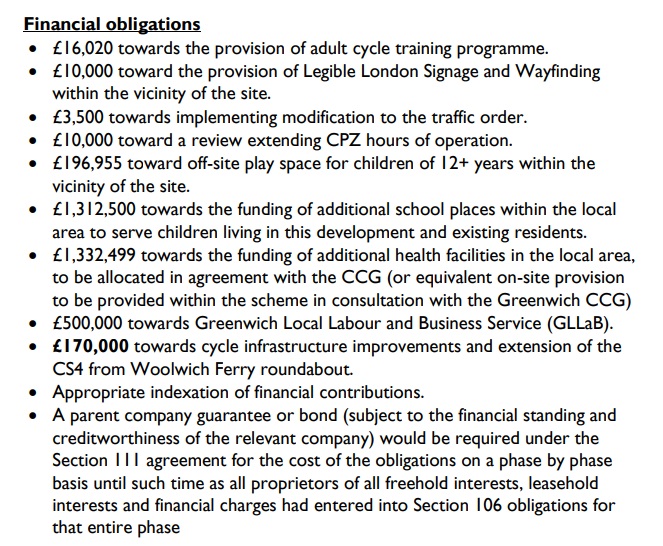
Zero for physical pedestrian improvements in the wider area.
£10,000 for signs is about the extent of it for pedestrians. Nearby estates are pretty neglected and not particularly great nor attractive if on foot.
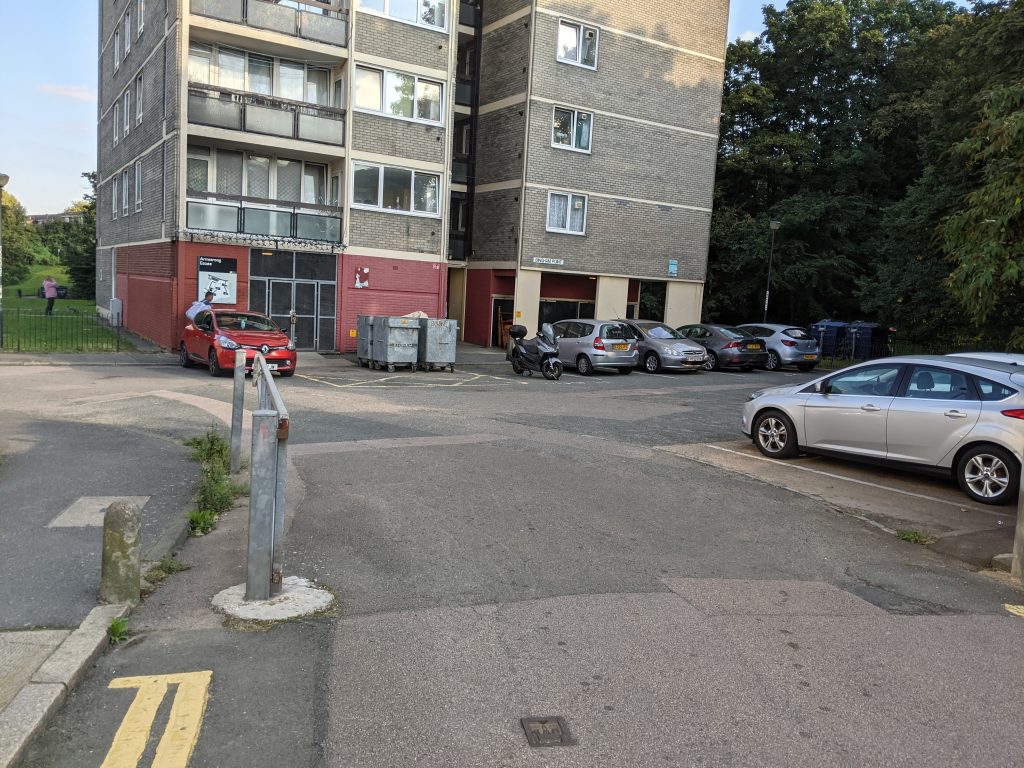
The pattern continues.
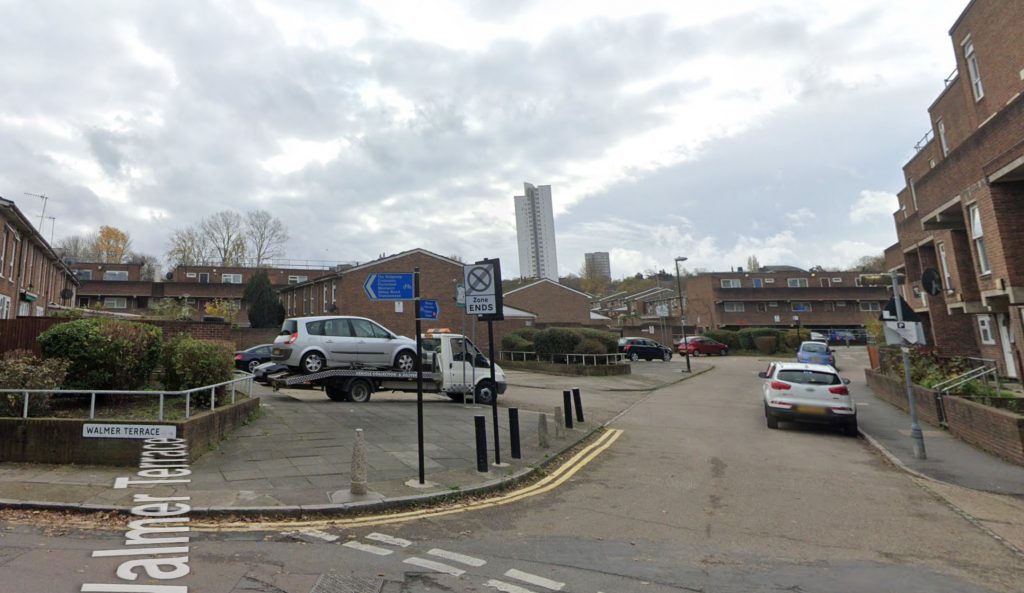
There’s no dropped kerb for wheelchairs and buggies on the corner in the image above, street furniture is an ugly mish mash, there’s no trees and limited lighting.
Minimal sums from major new developments close by could improve life for residents and pedestrians. It isn’t seen.
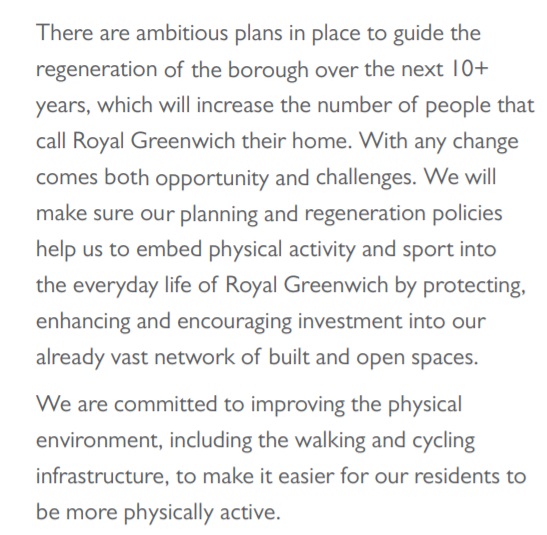
Planners often point at changes within a site ignoring poor conditions upon leaving.
Jam tomorrow
Another theme when it comes to allocating very little income is that Community Infrastructure Levy payments – or new strategies – will improve matters. We heard it again this week from Greenwich Assistant Director for Planning Victoria Geoghegan.
This seems an attempt to placate councillors without much prior evidence to support.
The large number of reports ignored in recent years shows little weight should be afforded there.

As for CIL income, Greenwich are bottom in London for collecting it. Not much chance of much money being spent anytime soon.
They also have a charging rate which is very friendly to developers and ensures low levels of income.
What we saw this week was councillors questioning planning staff but backing away when fobbed off. Many councillors didn’t say a thing – again.
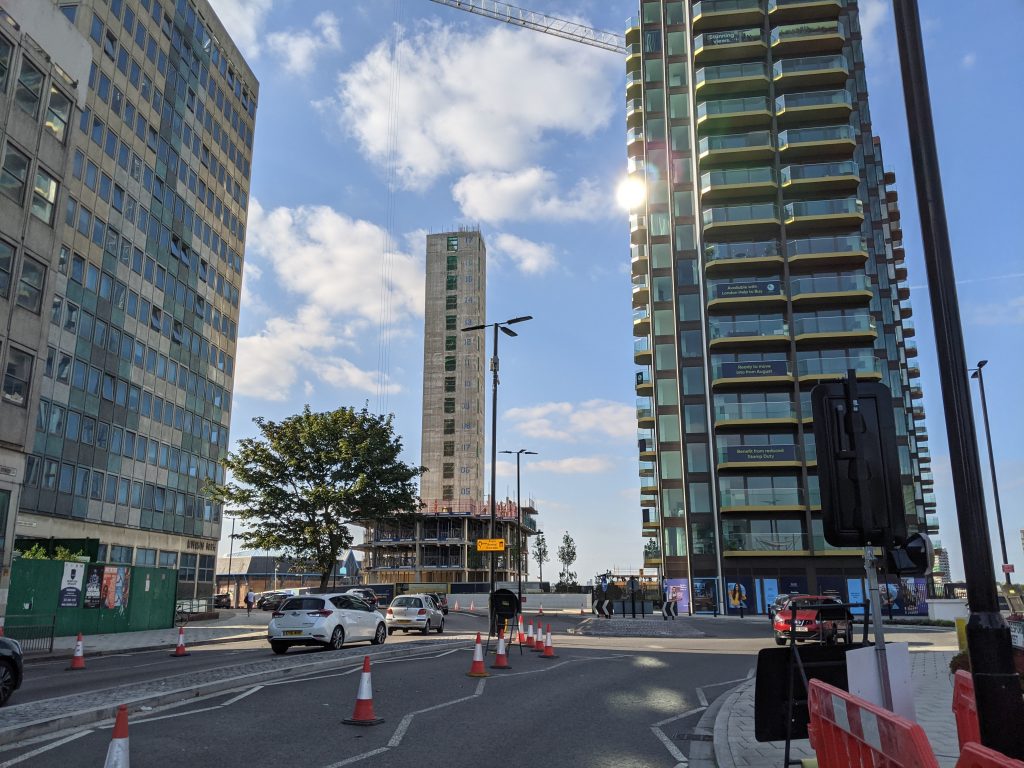
It needed forensic examination from more of them.
A whole range of questions continue to crop up:
Why can other councils pool resources yet Greenwich almost never do – and never have?
Why are allocations for public realm improvement work for pedestrians and cyclists so limited to begin with?
Why are reports advocating measures such as those seen in Greener Greenwich in 2016, Physical and Sport strategy in 2019 and now Carbon Reduction in 2021 so often ignored?
What is so special about GLLaB that it requires numerous mass allocations of funding to the detriment of other key areas? Many, many other authorities are not skewed to such an extent towards their employment agency and job brokers.
Who is deciding that minimal sums are not being spent in what many residents feel is logical routes to stations and amenities? Resident comments time and again show this.
They comment. They speak up. They get ignored.
Changes?
As laid out in this post it’s truly groundhog day with major development after major development.
It seems petty clear by now the Planning Department will continue to ignore this issue. Will Greenwich’s Cabinet and leadership do anything?
Will councillors on the Planning Board push harder when the next scheme arrives?
Just yesterday we saw Greenwich Council leader Danny Thorpe berating government on national issues relating to transport on issues way beyond his power, but measures to push for change in his own authority are not happening.
Do those at the top care, or will they keep producing report after report just to subsequently ignore?
Running a site alone takes time and a fair bit of money. Adverts are far from enough to cover it and my living costs as a private renter.
You can support me including via Paypal here Another option is via Patreon by clicking here You can also buy me a beer/coffee at Ko-fi here There's also a Facebook page for the site here Many thanks



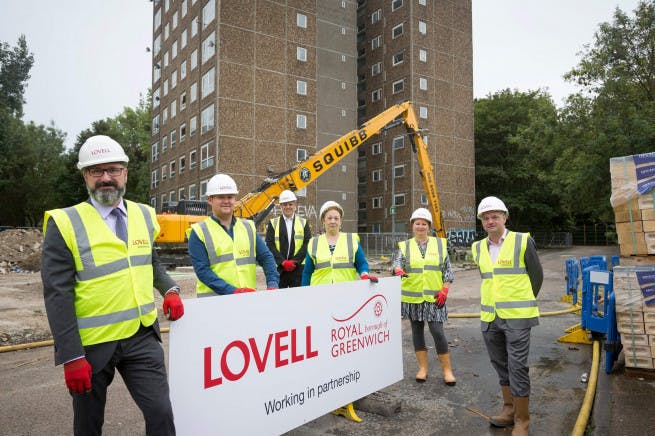
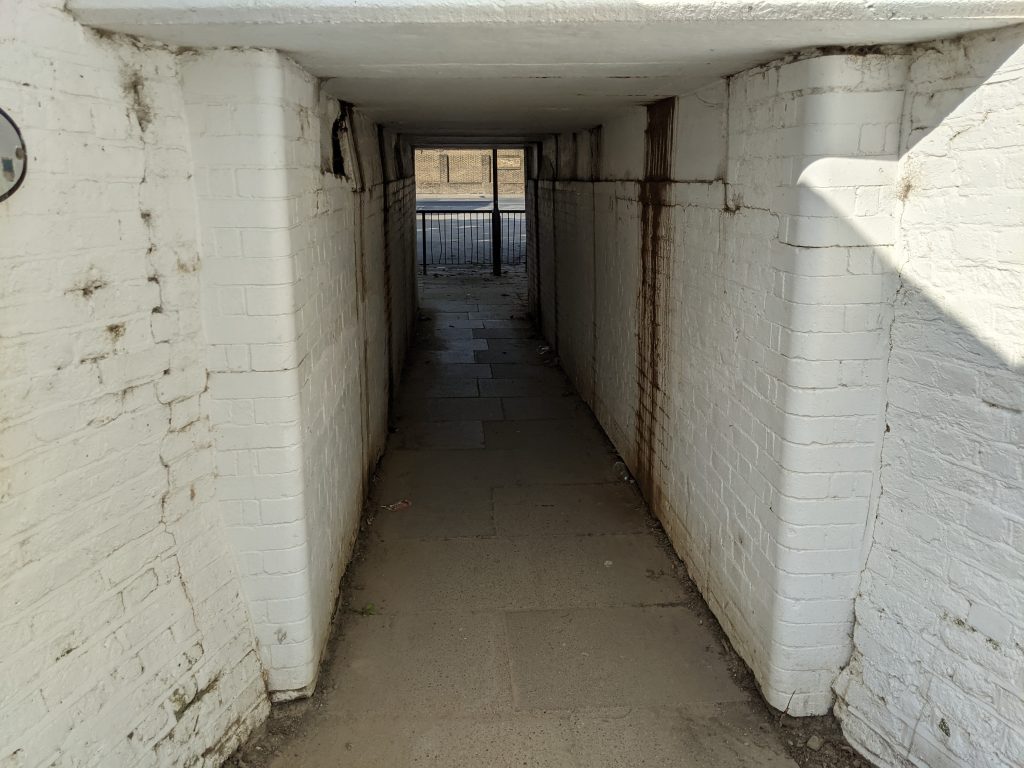
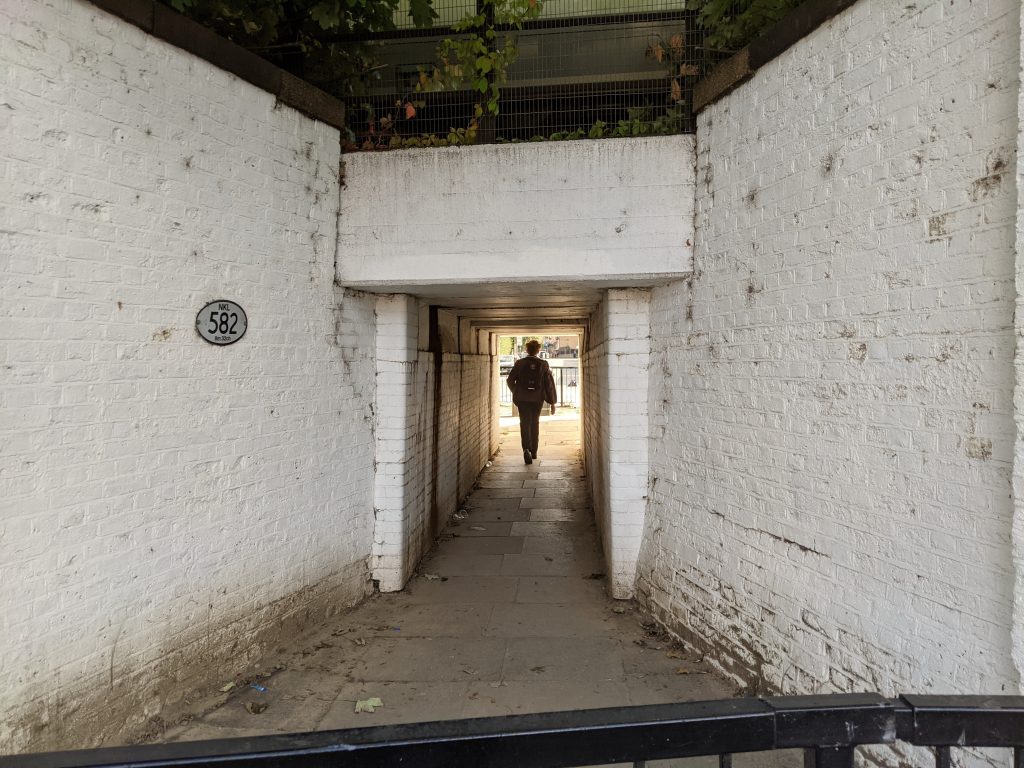
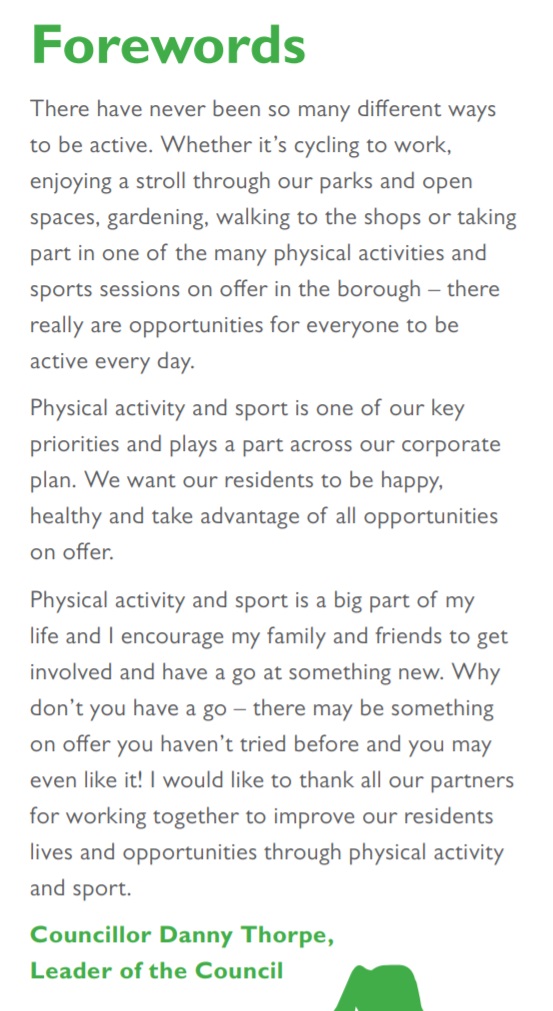

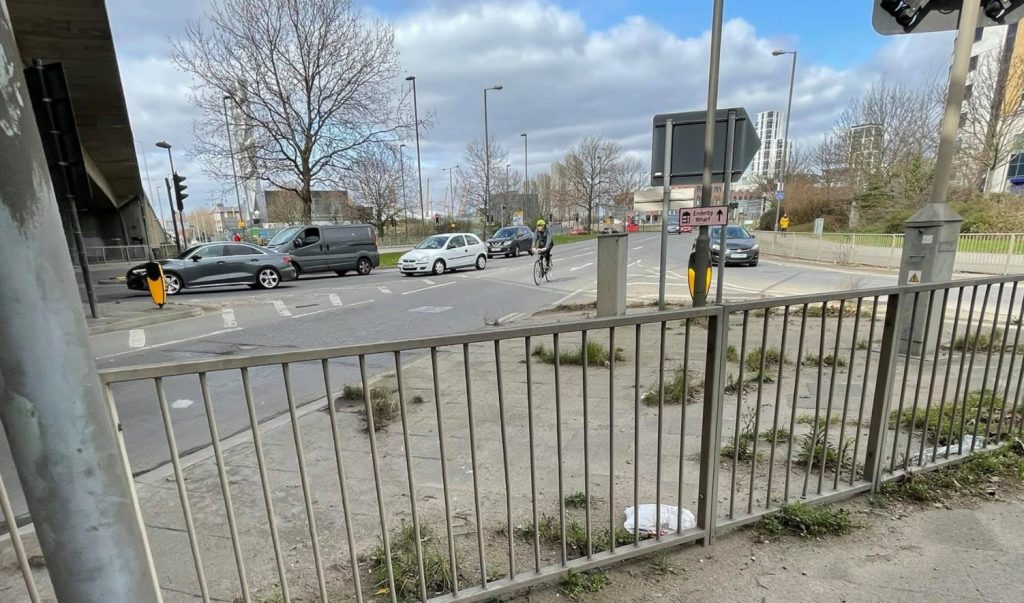
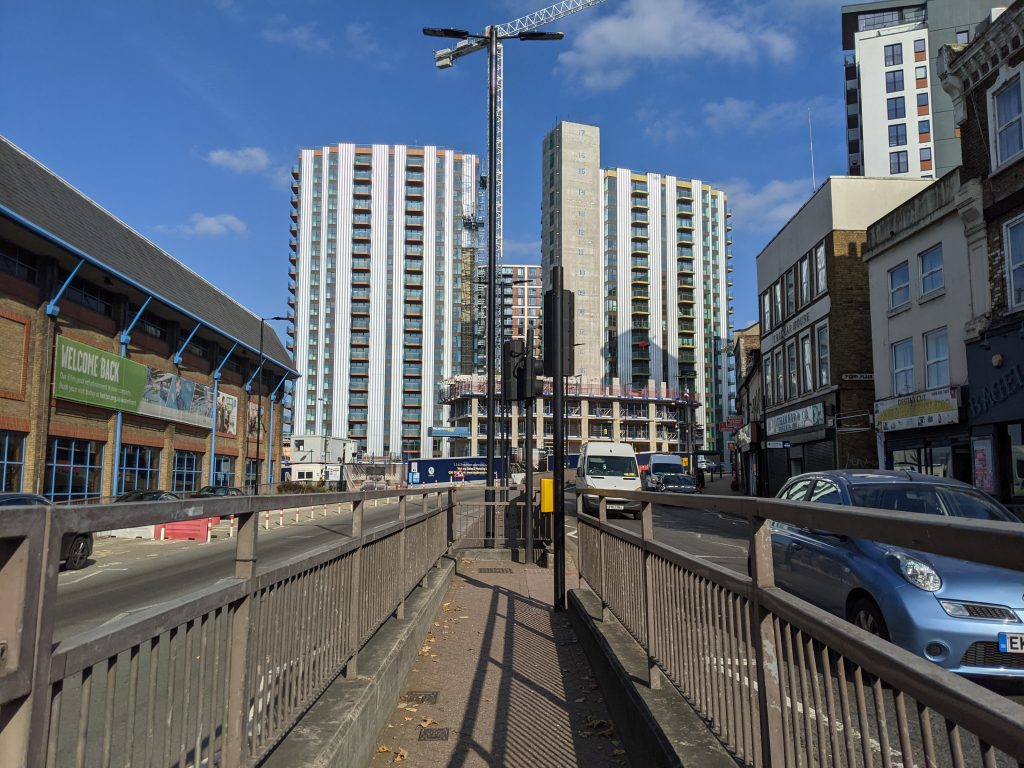
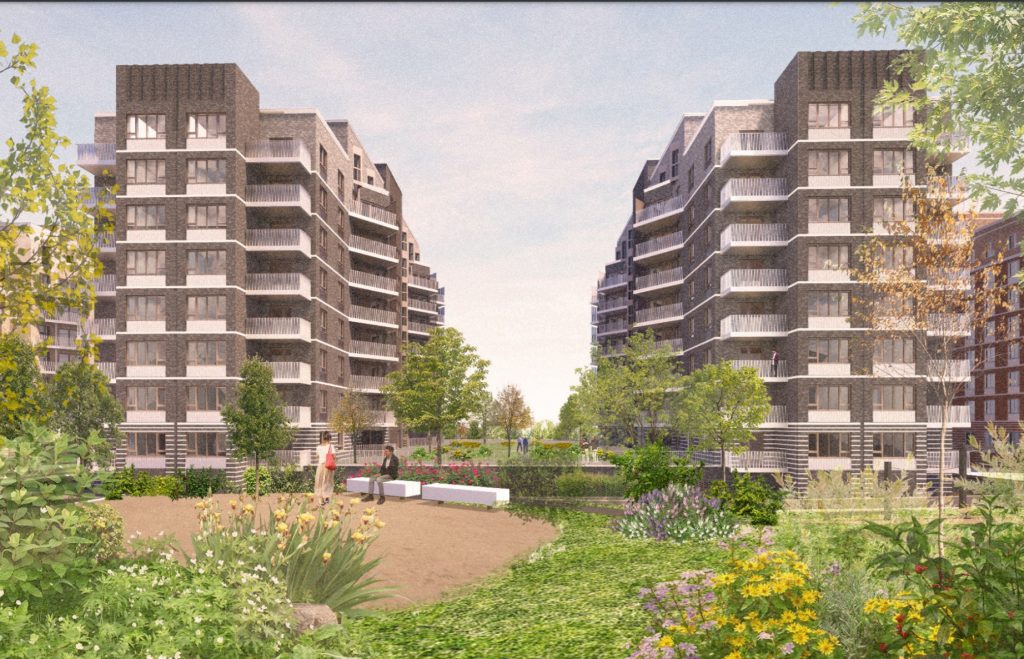

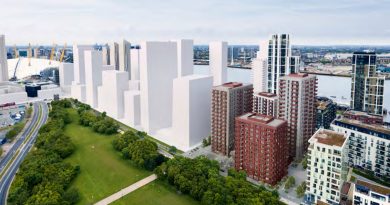
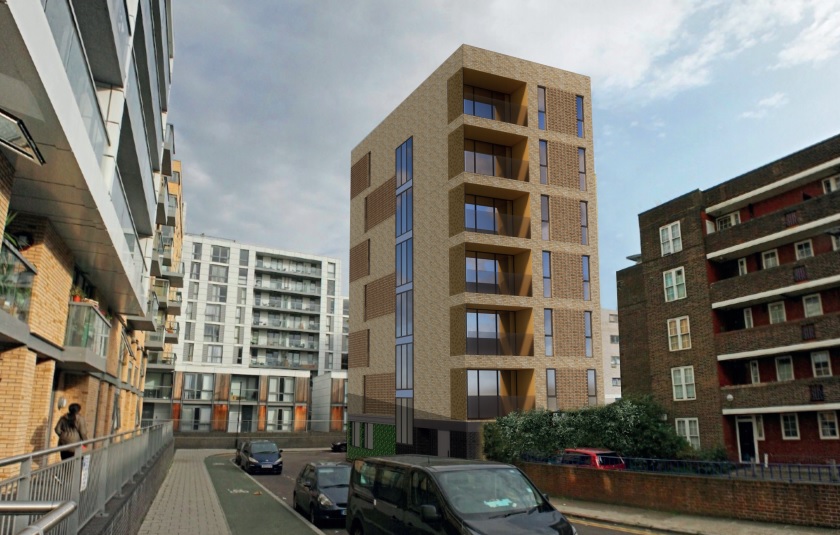

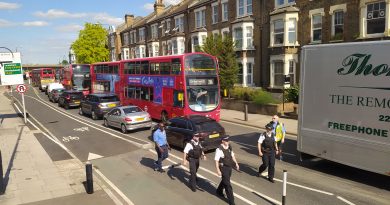
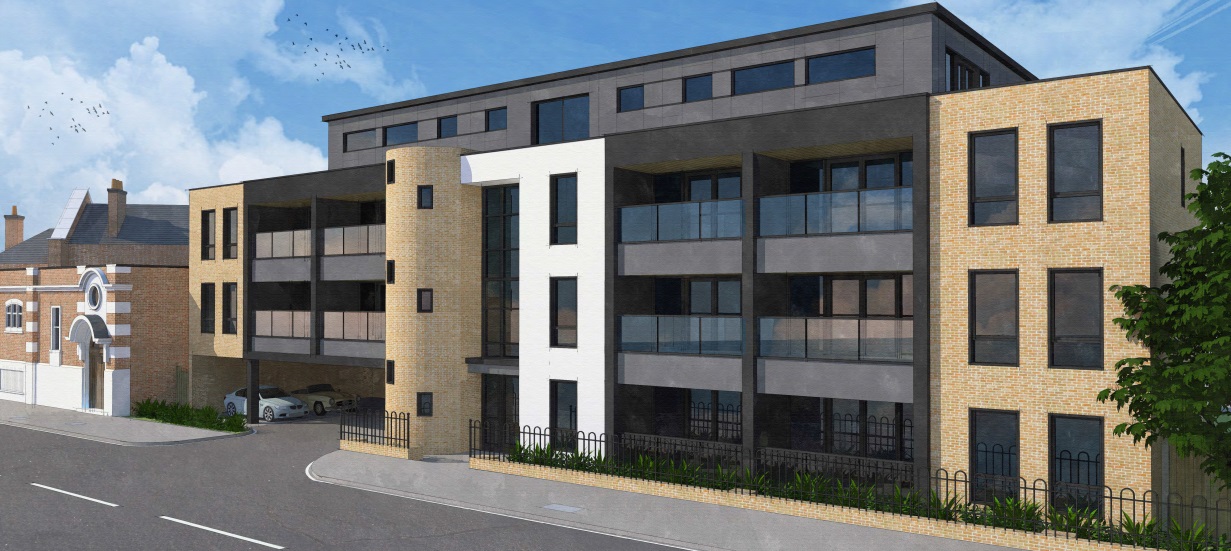
This is a fantastic summary. Thank you for bringing attention to such an important issue. I grew up in Woolwich and Abbey Wood. Still occasionally come back visit family. Away from the flagship projects and destinations, the managed decline is so glaringly obvious. Compared to the sums being sprayed at these new developments, the funds required to improving fencing, implement accessible and pleasant walkways and general upkeep seems tiny. What is more worrying is that so many who are supposed to hold the council to account lacking the tenacity to pursue this to conclusion.
Fantastic reporting, but now I might have a stiff drink
Absolutely shocking for an “inner London” borough.
It’s not just about the lack of funding though. Even when the money is there, terrible decisions are made because the town planners seemingly have no idea how to design a usable streetscape.
Just look at Abbey Wood station on the Felixstowe Road side. They spent hundreds of thousands repaving and replanting it, but they didn’t include a kerb. Now cars and delivery vans use the ‘pedestrian’ areas for parking and loading, vehicles of all kinds cut the corner and drive over the sidewalk, kids run out in the road because they can’t tell the difference between sidewalk and road, and ugly, temporary concrete blocks have because a permanent feature to stop cars from blocking access to the station. Even softening the corners has made things worse because cars can now race around the corner under the flyover and the Sainsburys corner.
To my mind, this is just plain stupidity. Who builds a road without a kerb to encourage cars and pedestrians to stay away from one another? And you can report this to the council all you like – you never get a response.
I wonder how each report cost to produce? Normally they have numerous rounds of consultation, promotional material and staff time. All to be ignored.
Problems appear so deeply embedded where to begin?
The council leader and cabinet have no interest it would appear aside from selfies when running.
So you have senior council staff in the department failing.
Then decisions come before other councillors on the planning board who are letting it pass and not informed on the whole.
From what I’ve seen it’s the same for Tory members also alongside Labour. Contact them and the responses simply refer to the very same Officers ignoring the issue!
‘What is so special about GLLaB that it requires numerous mass allocations of funding to the detriment of other key areas?’ Nothing. It’s just a vehicle for Greenwich council to park large sums of money for which it will give no accountability.
Under the headings ‘Jobs, training and volunteering’ there is nothing, but you invited to ‘Send your CV, stating the job title and reference number of the role you’re applying for in the email subject box.’ This is a farce of Kafkaesque proportion.
So, have you ever dropped this information to a (national) newspaper to see if they are keen on taking another look at this?
We can see enormous amounts of money flowing into Greenwich, but it’s absolutely unclear where it is actually being spent.
One thing is sure, it is not being spent on improving the neighborhoods which need improvement the most.
It would be very interesting to see the budget of Greenwich over the last 10 years, and I wouldn’t be surprised if there are some irregularities there.
I mean, if other councils have very clear ways of reporting how money is being spent (Southwark, Lewisham, basically any council other than Greenwich) then this should be available for Greenwich too.